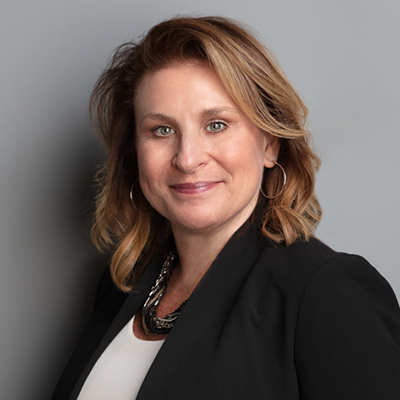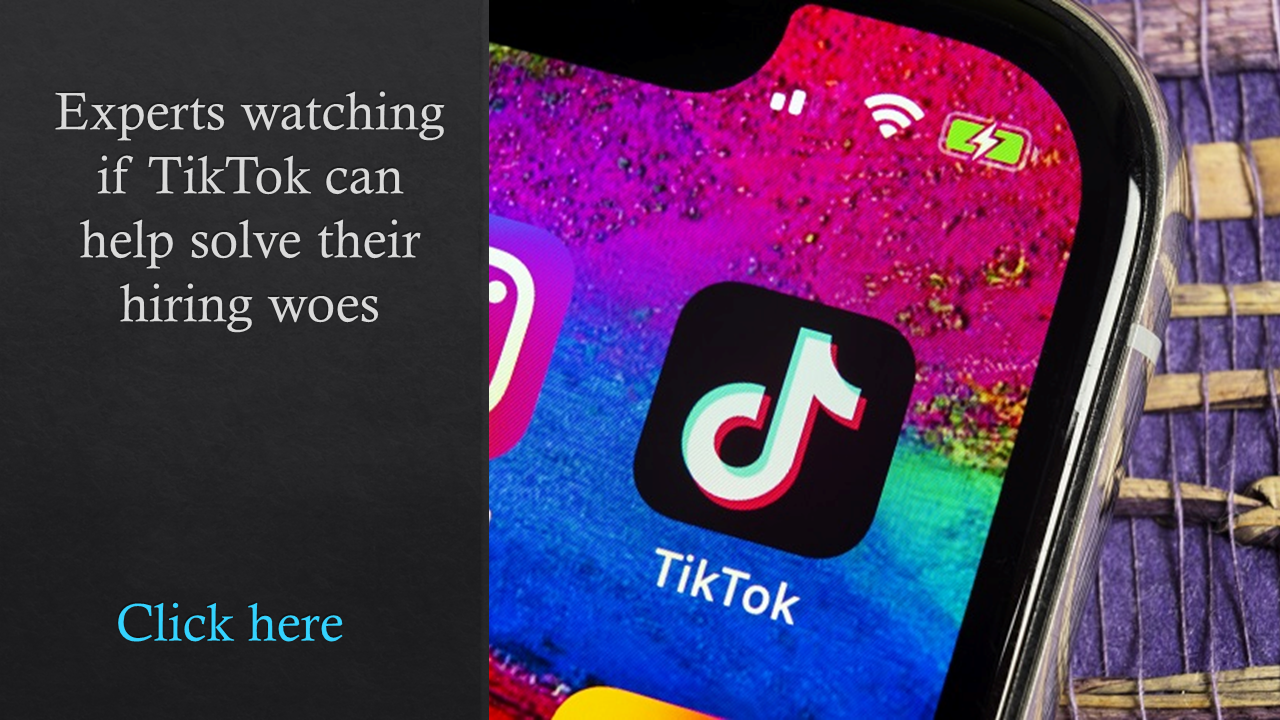Traditionally, One Call, a provider of workers compensation and healthcare management solutions, only hired full-time employees. Enter the COVID-19 pandemic—and the ensuing hiring struggles many employers have faced.
Terri Lewis, who joined One Call as CHRO in July 2020, says the organization had to rethink its long-time hiring approach in order to innovate through the challenge. Among the changes, One Call began bringing on part-time employees, opening the door for talent like stay-at-home parents or students who couldn’t consider the previous full-time positions. The first class of part-time hires officially joined at the start of the summer.
Also, the organization pivoted to a recruitment process outsourcing model for its customer service positions, as well as revamped its diversity hiring strategy to help ensure top talent was joining at the pace it needed to keep up with its growth status.
The agility needed to carry out such shifts was something Lewis has developed throughout her more than 25-year career in HR. Most recently, she served as senior vice president of global HR for HR outsourcing company Pontoon Solution and also held leadership roles at the predecessor of McKesson Corp., CHEP USA and General Electric.
Lewis detailed how HR at One Call has managed the recent changes and how her own career prepared her for her current role.
HRE: What was the impetus beyond expanding One Call’s hiring strategy to include part-time employees—and the impact?

Terri Lewis
Lewis: There were staffing and hiring issues happening across the country at that point, given where we were in the COVID recovery, and we’re not immune to that. We found ourselves in a growth space with the need to hire quite a few people and, frankly, an inability to be successful in that through our normal tried and true techniques. The other thing we were looking at was the volume of work and when the majority of it happened, and we saw that it could fit nicely with an afternoon to early evening schedule.
So, we put some creative thinking to that to tap into different talent pools not usually available for a full, standard, eight-hour shift—maybe those looking to do something part-time to supplement: students, someone looking for a second job, a stay-at-home parent with child- or eldercare during the day. It opened up a whole different type of talent for us. And, so far, so good. We’ve only done a couple of hiring classes that way, but it’s working out really well.
HRE: How different does your recruiting strategy look today than it did at the start of the pandemic?
Lewis: Completely different. Typically at One Call, our prior leadership really embraced a temp-to-permanent model and worked with placement and temp agencies as well as outsourcing companies—and that’s within our customer service positions, which are 85%-90% of our hiring. Our managers really liked that model. But what I found was that an RPO or outsourcing organization would be a better partner for us. We needed professionals with special expertise in sourcing to be a part of our TA team but also [independent of it], and be able to apply what they know in a way to bring in better candidates faster.
I have a strong belief that bringing people in as full-time, benefits-eligible gives us the best access to talent that can push our business forward. So, we’ve gone to an RPO model within our customer service ranks. And then for exempt—finance, tax, legal—we’ve gotten very involved with diversity hiring pools and building that out with CareerBuilder and LinkedIn to a place we can continue to nurture over time. Maybe we don’t have a job available [that] you want today but [we say], “Come back, let’s stay involved and we’ll keep you apprised of what’s going on in the company.” That’s wholesale different from a year ago.
See also: 5 changes for recruiting in a post-pandemic economy
HRE: You joined during the early height of the pandemic last summer. What was the most challenging aspect of onboarding during the pandemic for you?
Lewis: It’s going to sound funny but that I couldn’t touch or feel anything. The entire onboarding process was Teams and Zoom meetings, and I’m a hands-on person. I’ve always tried to grow my career by developing a true understanding of the business environment I’m working in. I couldn’t sit next to someone and watch them work for a couple of hours a day and listen in on calls and get that deep understanding. That was the hardest part. I still was able to do that, it just took a whole lot longer because of the distance.
I also had to get comfortable hiring people I had never met. I added people to my own team as well as indirect reports and, for some, they were working here three or four months before we met in person. It’s changing the paradigm of the way leaders and managers think about onboarding and hiring—in some ways for the better. But we’re also finding areas where we need to make sure we don’t lose our impact because of not being in the same place.
HRE: Beyond recruiting, what are some of your most pressing HR priorities today?
Lewis: For me specifically, we had the opportunity—and took advantage of it—to really create a new culture for our organization. I like to share the analogy of culture being like a garden. Leaders get to plant things, water them and provide them the sun they need; they have the responsibility for nourishing and growing the culture. But it has to be organic. You can’t stand in front of the garden and say, “Rose, grow now.” Culture needs to grow organically to have staying power.
 And leaders also need to take the responsibility for picking weeds and pruning trees. Before COVID hit, we had a change in control, with a new board and CEO and we knew it was an opportunity to look at our mission and vision. When I came on board, I said, “Let’s look at our core values, our competency mode—let’s take the opportunity to plant the seeds we need for the long-term culture of our organization.” So, we created a roadmap for HR priorities way into the future, which involved realigning all of our rewards systems, our career systems, our job descriptions, recruiting with our updated values and competencies—and then looking at career progression based on this new model.
And leaders also need to take the responsibility for picking weeds and pruning trees. Before COVID hit, we had a change in control, with a new board and CEO and we knew it was an opportunity to look at our mission and vision. When I came on board, I said, “Let’s look at our core values, our competency mode—let’s take the opportunity to plant the seeds we need for the long-term culture of our organization.” So, we created a roadmap for HR priorities way into the future, which involved realigning all of our rewards systems, our career systems, our job descriptions, recruiting with our updated values and competencies—and then looking at career progression based on this new model.
Read more Insights from a CHRO here.
HRE: What initially sparked your interest in HR?
Lewis: Since I was 4 years old, I told everyone I was going to be a lawyer when I grew up. And I meant it until I realized lawyers have to memorize a lot of books! I took a gap year before grad school and got a job running a dental practice and a lightbulb went off in my head—what I really liked doing all fell into the HR arena and I could see that that’s what I wanted to do with my future. I ended up finding my way to an HR master’s program with an option to also get a JD if you stayed in it an extra 18 months, but you didn’t have to decide that at first. I ultimately did close the door to that after a great internship in HR. I jokingly say I’m one of the few people who has a degree [in the same field] I’ve been working in my entire 25- or 26-year career.
HRE: What are you passionate about outside of work?
Lewis: Travel. I love learning about new cultures and meeting people of diverse backgrounds, trying new foods and understanding the heartbeat of the places I go. I’ve absolutely missed that this last year-and-a-half. In my prior job, I had employees in 40 countries and my favorite part of what I did was that I got to know people from all over the world. I also love staying fit and doing yoga—I try to do it about five days a week—and spending time with my husband and son, who’s going to be a senior in high school. They didn’t get enough of me when I was traveling globally for seven years and they’ll probably tell you they’ve seen me too much since COVID!